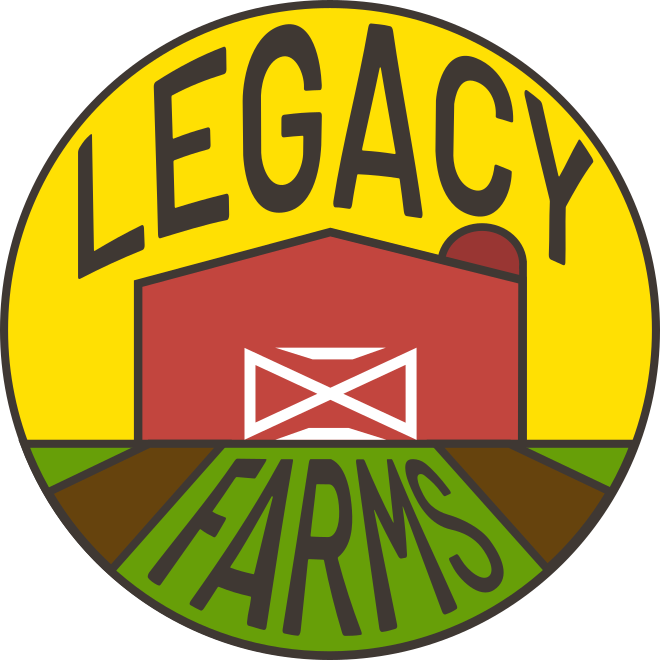Waiting on Nature
by James Duquette
James photo by Phoebe L.
A late winter wind laps and lashes at my face as I stand outside, here under the shadow of the Blue Ridge Mountains. Normally, I’d never be outside in this cold if I could help it, even with a coat, but this is different. I’m outside in the uncomfortable, argumentative frost with my fingers freezing off because for the moment, I don’t care about the wind or the cold. What I care about are the small soldiers of green standing at attention in the flower bed.
The daffodils have started to sprout.
This is my first couple months working at a farm, and I have never given flowers much thought before. But seeing the little sprouts of green in threes, like emerald forks sticking out in the slowly warming sun, marks me with a sense of awe I rarely feel anymore.
Daffodil Soldiers by Emma C.
“The daffodils are our first deliveries of the year,” my boss, Laurie, tells me as I admire them, “I don’t know if they’ll be ready on time. Or if we’ll have to push back the schedule for our bouquet subscriptions…. We’re waiting on nature right now.”
The idea of waiting on nature is not a foreign one to me intellectually; I know that different crops grow by season, of course. But culturally, for myself and many Americans, it is not something we often consider. If I, like many others, were stopped on the street and asked to name what season roses are ready to be picked, or what season blueberries grow, I could not tell you. We’re so accustomed to grocery stores just having everything all the time.
But most flowers are imported; 80% are grown in other countries, especially Columbia, and then quickly packed on a plane and flown to a supermarket. To be a flower farmer in America–a local, grassroots farmer–takes a certain patience.
It’s not as if Virginia is always cooperative with the weather. I’ve lived in Northern Virginia all my life and if there’s one thing I know, it’s that if you don’t like the temperature one day, just wait until tomorrow and it’ll be something entirely different. Sometimes the weather fluctuates drastically in a single day, just from morning to afternoon!
To be a farmer in Virginia, you must be able to farm knowing that nature is capricious and unpredictable. To know how to keep your plants alive and healthy when, two days after a warm spring week of 70 degrees, we get a cold snap of 30 or lower. The large, white frostblock (arches of white protective cloth) we place over the flower beds to stave off winter’s bite can protect them, but only if we see the cold coming. It’s a difficult balance; while the frostblock protects from the cold it also blocks some sunlight, slowing the plant’s growth slightly.
Walking up to the fields again this Tuesday after having been gone for the weekend, I notice the first set of daffodils have already been cut and stored for making into bouquets. I am reminded that as much as the weather takes here, it can give, too. When I left for the weekend, the daffodils were little more than six-inch-long leaves; now they are fully grown, beautiful, golden flowers in a span of days. Sometimes nature lags behind and sometimes…just sometimes…it catches up with you.




